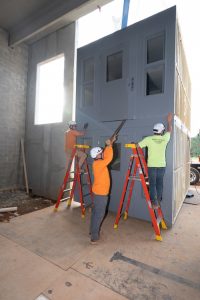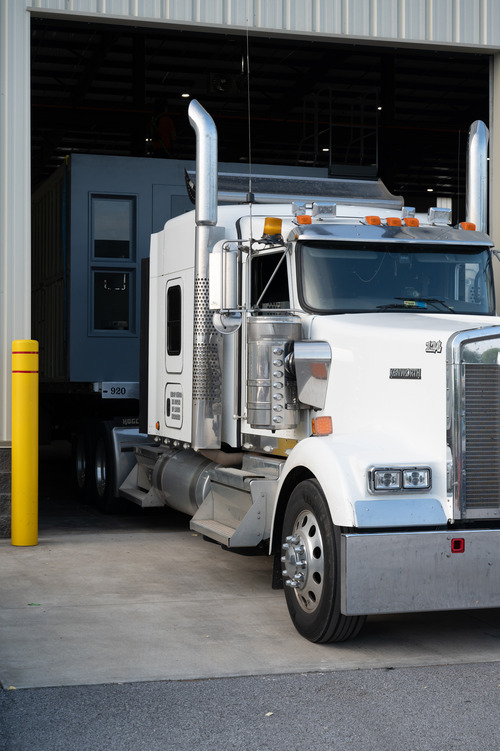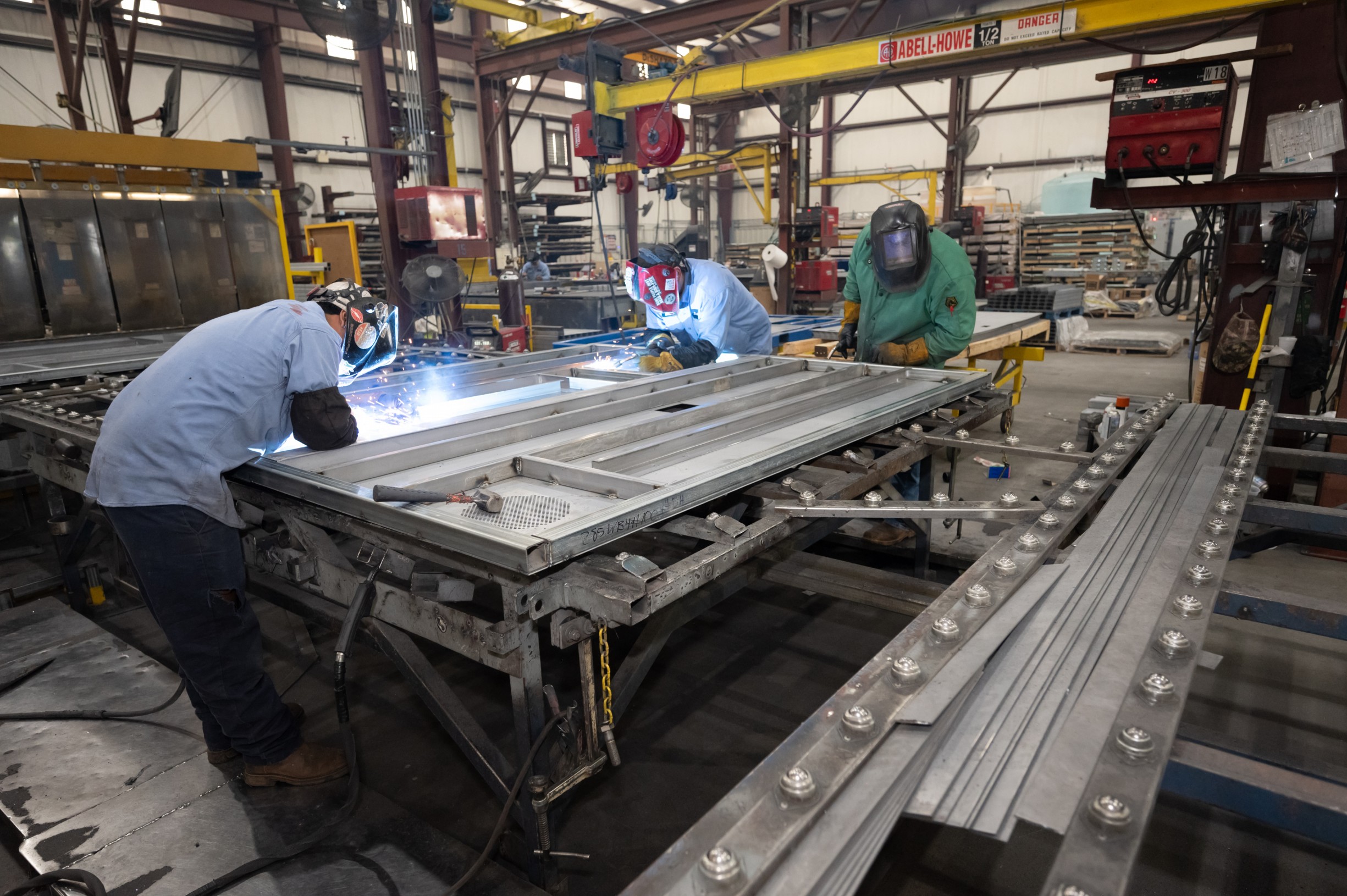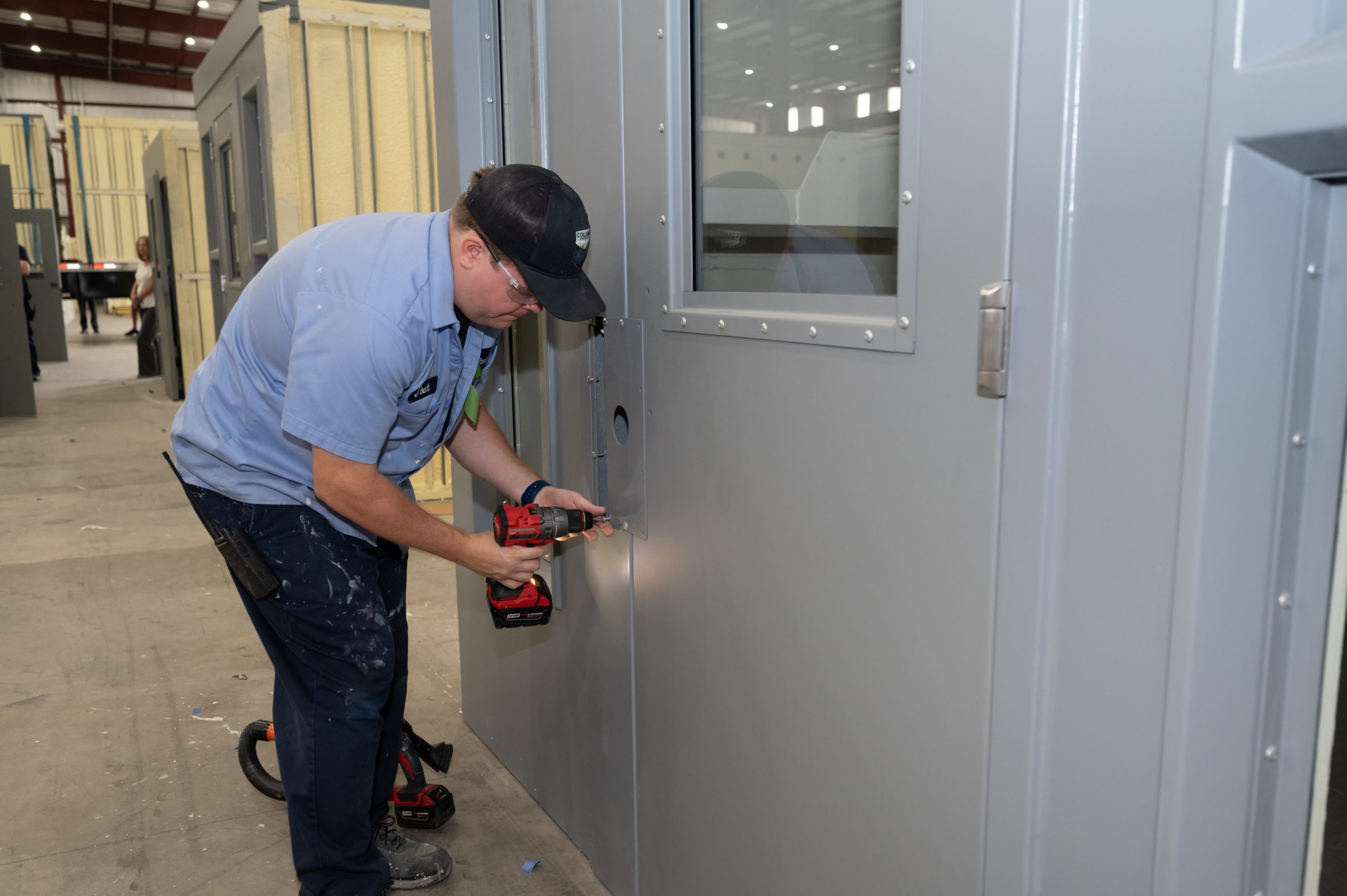Portable Jail Cell: Innovative Solutions for Temporary Detention Challenges
The concept of a portable jail cell is gaining traction as a practical solution for temporary detention needs. These innovative structures provide a flexible and efficient way to manage security in various situations, from large events to emergencies. Portable jail cells can help law enforcement agencies respond effectively to crowd control while ensuring the rights and safety of individuals are maintained.
As communities face challenges in managing temporary detentions, the demand for such solutions continues to rise. By incorporating modern technology and design principles, these cells offer safer and more humane alternatives to traditional confinement methods. Understanding the various applications and the ethical considerations surrounding their use is crucial for stakeholders.
The integration of portable jail cells reflects a growing trend toward smart solutions in law enforcement. As needs evolve, it is important to remain informed about innovations that can enhance public safety and operational efficiency.
Key Takeaways
- Portable jail cells offer flexible solutions for temporary detentions.
- Ethical considerations are essential when implementing these detention methods.
- Innovations in design help improve safety and efficiency in law enforcement.
Understanding Portable Jail Cells
 Portable jail cells are innovative structures designed for temporary detention. These units offer flexibility and efficiency for law enforcement agencies, especially in situations where traditional facilities may not be available or practical.
Portable jail cells are innovative structures designed for temporary detention. These units offer flexibility and efficiency for law enforcement agencies, especially in situations where traditional facilities may not be available or practical.
Concept and Utility
The concept of portable jail cells centers around the need for quick and adaptable solutions to detain individuals. They are especially useful during events like protests, large gatherings, or natural disasters.
These cells can be deployed quickly and moved to various locations as needed. They help manage short-term detentions without overwhelming permanent facilities. The utility of these portable units lies in their ability to efficiently manage populations in an organized manner.
Design and Features
Portable jail cells are designed with several key features. They often include:
- Modular Construction: This allows for easy transport and assembly.
- Secure Locking Mechanisms: Ensuring the safety of detainees and officers.
- Ventilation Systems: Providing comfort in various climates.
- Durable Materials: Built to withstand various environmental conditions.
They also often have built-in amenities such as basic sanitation facilities, ensuring detainees’ needs are met while maintaining security.
These aspects make portable jail cells effective for various temporary detention scenarios.
Applications and Use-Cases
Portable jail cells serve various practical applications, enhancing security and management in diverse situations. Their design accommodates temporary detention needs effectively in different fields, making them invaluable for event organizers, emergency responders, and law enforcement.
Event Security and Crowd Control
Portable jail cells play a crucial role in managing large gatherings. During concerts, festivals, or sports events, they provide a secure space for temporarily detaining individuals who pose a risk or violate rules.
Key Features:
- Quick deployment to enforce order
- Portable for easy transport to different sites
- Can hold multiple individuals safely
These cells ensure that event organizers maintain a safe environment. They enable a prompt response to unruly behavior, allowing law enforcement to manage incidents without disrupting the event. The use of portable detention solutions minimizes delays and enhances safety protocols.
Disaster Response and Emergency Situations
In times of crisis, such as natural disasters, portable jail cells offer a flexible solution for temporary detention of individuals who may pose a threat. Emergency responders can set up these facilities near disaster sites to manage displaced populations or individuals who may be involved in unlawful activities.
Considerations:
- Can be quickly assembled in remote locations
- Provides a controlled environment for safety
- Useful in humanitarian crises for crowd management
These jail cells help authorities provide security while focusing on rescue and recovery efforts. Their presence allows for better coordination among agencies tackling emergencies, keeping communities safer.
Military and Law Enforcement Operations
In military and law enforcement settings, portable jail cells improve tactical operations. They allow for immediate housing of detainees taken during missions or patrols. This is especially important in areas where transport to conventional facilities is impractical.
Advantages Include:
- Mobile design suitable for various terrains
- Can support quick military operations
- Enhances operational effectiveness on the ground
Law enforcement can utilize these cells when dealing with protests or civil unrest. They help minimize risks while maintaining the integrity of operations. Overall, portable detention solutions are essential for responsive and effective law enforcement.
Compliance and Ethical Considerations
The use of portable jail cells raises significant compliance and ethical issues. These concerns must be addressed to ensure that such systems are effective and humane.
Regulatory Framework
Portable jail cells must adhere to various regulations set by local, state, and federal laws. These laws dictate how detention facilities operate and establish standards for safety, security, and treatment of detainees.
Key Regulations include:
- Health and Safety Standards: Ensuring facilities meet basic health requirements for detainees.
- Security Protocols: Implementing measures to prevent escapes and maintain order.
- Use of Technology: Compliance with laws governing surveillance and monitoring may apply to electronic systems used in portable cells.
Non-compliance can lead to legal challenges, liability, and public criticism. Authorities must conduct regular audits. There should be clear documentation on compliance with all applicable laws and regulations.
Human Rights and Welfare
Ethical considerations surrounding portable jail cells focus on human rights and the well-being of detainees. The conditions within these cells must not violate human rights standards.
Considerations include:
- Living Conditions: Detainees should have access to basic amenities like proper ventilation, sanitation, and sleeping arrangements.
- Mental Health: Isolation in portable cells can affect detainees’ mental health. Regular access to mental wellness resources is crucial.
- Legal Rights: Detainees must have the ability to communicate with legal counsel. This access must not be restricted by the temporary nature of the detention facility.
Addressing these ethical concerns is pivotal for maintaining the integrity of the justice system and ensuring humane treatment of individuals in temporary detention.
Innovations and Trends
Recent developments in temporary detention solutions highlight significant technological advancements and future projections. These innovations address the growing need for efficient, safe, and adaptable detention environments.
Technological Advancements
Portable jail cells increasingly utilize advanced technology to enhance security and functionality. Features such as smart monitoring systems allow for real-time tracking of inmate behavior, reducing the risk of incidents.
Additionally, biometric access controls ensure authorized personnel can easily manage entry and exit. These technologies improve inmate management while enhancing safety for both staff and detainees.
Moreover, many portable cells incorporate modular designs. This allows for customization based on specific needs, such as capacity and security levels. These adaptable structures can quickly be deployed to various locations, responding to emergency or temporary situations effectively.
Future Projections
Looking ahead, the demand for innovative detention solutions is expected to grow. Experts predict an increase in the use of mobile technology and data analytics to streamline operations within portable jail cells.
As correctional facilities face rising challenges, there is potential for collaborative technology that connects various systems for improved information sharing. This could enhance the decision-making process within the justice system.
Additionally, sustainability will play a vital role. The integration of eco-friendly materials and energy-efficient designs in portable cells will become more prevalent. Such advancements aim to ensure that while meeting detention needs, facilities also align with environmental standards.


